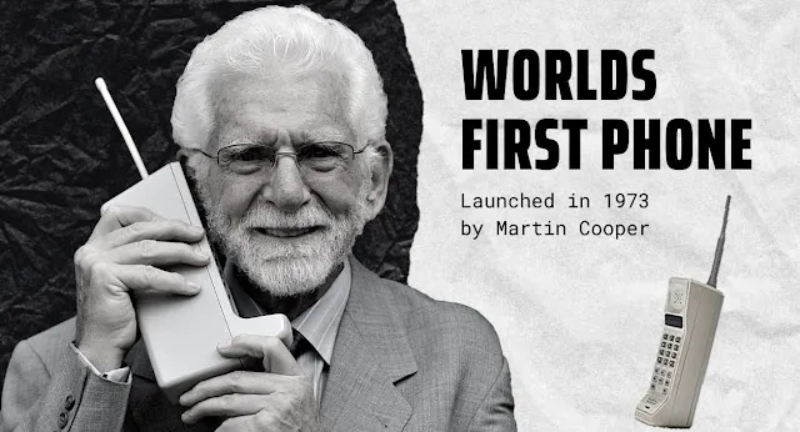The story of mobile phones is a fascinating journey that has transformed the way people communicate and interact with the world. Here’s a brief narrative:
- Birth of the Mobile Phone
The concept of mobile communication dates back to the early 20th century, but it wasn’t until the 1970s that the first handheld mobile phone was introduced. Martin Cooper, an engineer at Motorola, made the first publicized handheld mobile phone call on April 3, 1973. The device, known as the Motorola DynaTAC 8000X, weighed about 2.2 pounds and had a talk time of roughly 30 minutes. - Brick to Flip Phones
In the 1980s and 1990s, mobile phones evolved from large “brick” designs to more compact and portable flip phones. These phones had limited functionality, primarily focusing on voice calls and text messaging. - Rise of the Smartphone
The early 2000s marked a significant shift with the introduction of smartphones. Companies like Nokia, BlackBerry, and Palm began incorporating features like email, calendars, and basic web browsing. However, it was the launch of the iPhone by Apple in 2007 that revolutionized the industry. The iPhone combined a phone, an iPod, and an internet communicator in one device, ushering in the era of smartphones. - Android and App Ecosystem
Google’s Android operating system, introduced in 2008, provided an open-source alternative to iOS. The rise of Android brought diversity to the smartphone market, allowing various manufacturers to produce devices with different specifications. The introduction of app stores, particularly Apple’s App Store and Google Play, created a thriving ecosystem of third-party applications. - Touchscreens and High-Speed Connectivity
Smartphones gradually adopted touchscreen technology, making interactions more intuitive. High-speed mobile data technologies, such as 3G and later 4G/LTE, enabled faster internet access on mobile devices, paving the way for a multitude of online services and content consumption. - Cameras and Multimedia
As technology advanced, smartphones incorporated high-quality cameras, enabling users to capture photos and videos on the go. Multimedia capabilities expanded with the integration of music players, video streaming, and gaming. - The Era of Social Media and Connectivity
Social media platforms like Facebook, Twitter, and Instagram became integral to the mobile experience. Smartphones transformed into devices that not only facilitated communication but also connected people globally through social networks. - Emergence of 5G and Beyond
The development of 5G technology promised even faster data speeds, lower latency, and more connectivity options. This advancement opened the door to innovations in augmented reality, virtual reality, and the Internet of Things (IoT). - Personalization and AI
Artificial intelligence (AI) and machine learning have become integral to smartphones, offering features like voice assistants, predictive typing, and personalized user experiences. Smartphones have evolved beyond communication tools to become indispensable personal assistants. - Future Trends
The story of mobile phones continues with ongoing advancements such as foldable screens, improved battery technologies, and the exploration of new form factors. The integration of AI, augmented reality, and virtual reality is expected to shape the future of mobile technology.
The mobile phone, once a luxury item, has become an essential part of daily life, influencing how people work, communicate, and access information across the globe. The story of mobile phones is a testament to human innovation and the ever-evolving landscape of technology.


